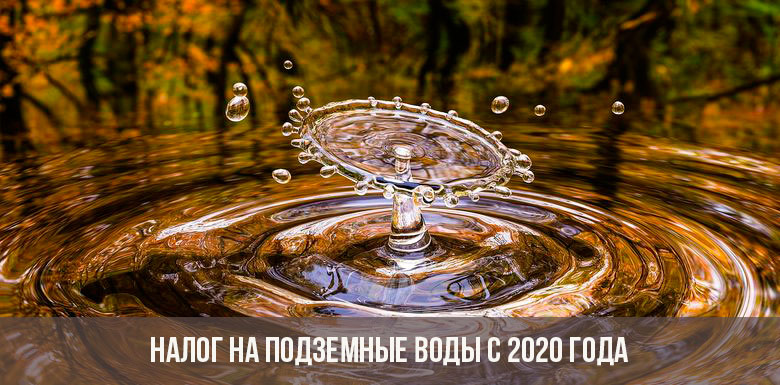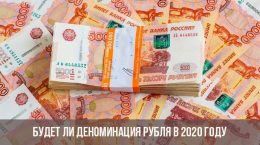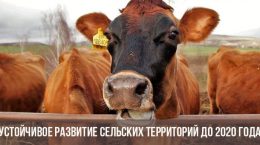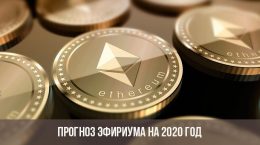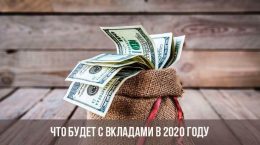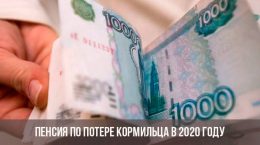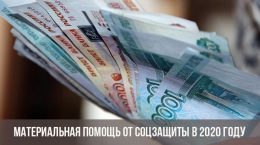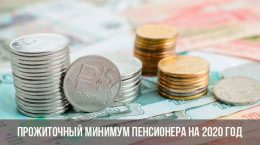The bowels of the land are state property, therefore, for their extraction certain conditions must be met, approved by law. In order to increase control over the use of valuable natural resources, measures have been tightened since 2020 to obtain a license for drilling wells. In addition, from 01.01.2020 they plan to introduce a tax on groundwater.
Introduction of a new tax
The water tax since 2020 is necessary not only to replenish the treasury with additional funds. Its introduction is aimed at regulating the use of the country's strategic natural reserves. First of all, this applies to artesian wells, which are most often used in gardening partnerships for irrigation and domestic needs.
Despite the fact that compulsory licensing of wells for extracting water from deep layers of the earth has existed in Russia since 1992 (Law on Subsoil No. 2395-1), control over the work and further use of resources was not carried out properly. In the absence of control, stockpiles of valuable natural resources will quickly become depleted or deteriorate. Therefore, during licensing, a number of works are performed that are necessary for the safe extraction of groundwater. Existing wells will be checked for relevant documents.
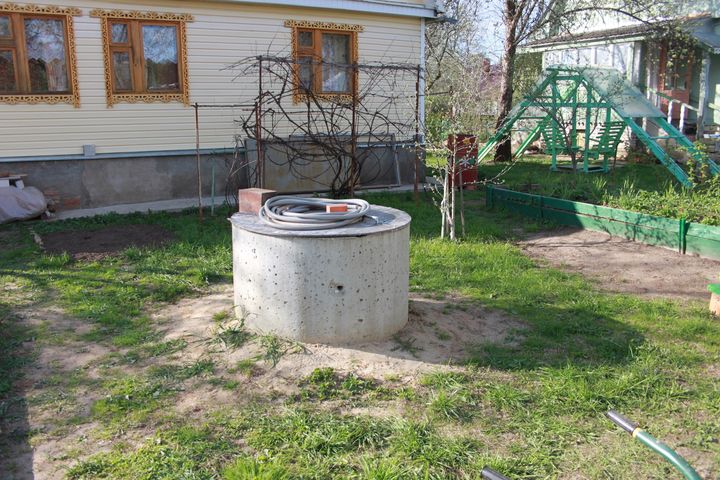
They plan to introduce the tax from 2020, however, it is recommended to issue a groundwater license before the end of 2019. Otherwise, it will be much more difficult to do. Until December 31, 2019, the state provides the possibility of free registration of permits with a simplified procedure. Then all the benefits will be canceled, and the license price will be about 5000-7000 rubles.
For whom groundwater will be paid
Owners of private houses and plots in horticultural partnerships can use water from wells or boreholes on their territory, or from a common water supply system. There are several main ways of taking a resource from the bowels, which have their own characteristics:
- Artesian wells (in limestone). Most often, in gardening associations, water is extracted from an artesian aquifer, which is located at a depth of 50 m. They have a long service life, and the water in them is of high quality. Subject to compulsory licensing.
- Wells "on sand". The resource is extracted from the first inter-layer aquifer, which is located at a depth of up to 30 m. The service life is about 15 years and depends on the fluctuation of the groundwater level. No licensing required.
- Wells. The resource is extracted from the upper aquifer (top water) at a depth of not more than 5 m. Such a source has a short life and low water quality. Special permits are not needed.
- Industrial wells. The resource is mined at a depth of 400-1000 m and is used for commercial purposes. A license is required.
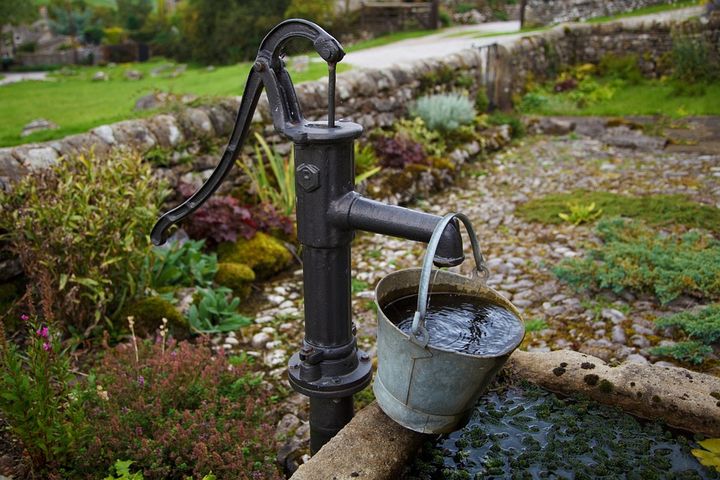
Thus, the mandatory preparation of permits is relevant when extracting a resource from deep underground sources. And the requirement to pay taxes arises after registration of the license.
Tax collection is provided for wells for which the following conditions apply:
- subject to compulsory licensing;
- resource extraction is carried out for commercial purposes;
- the source is part of central water supply;
- the source is registered with the State balance of minerals and is a strategic resource of drinking, mineral or industrial water.
The tax will not be paid by individuals who use sources with the following criteria:
- drilling was carried out to a depth of not more than 30 m;
- daily resource consumption does not exceed 100 m3;
- used for personal needs (watering, drinking, for domestic purposes), and not doing business;
- the source does not affect central water supply.
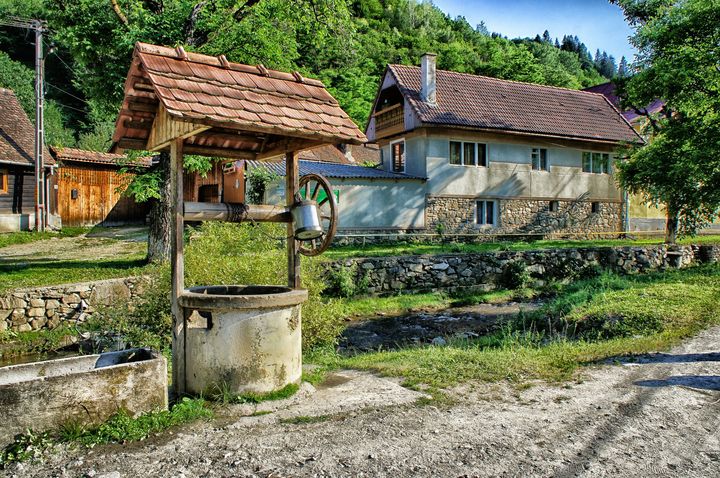
Licensing
From 2016 to the end of 2019, the state provided citizens with the opportunity to simplify paperwork for the legal operation of groundwater. According to the “water amnesty”, owners of water intakes of garden non-profit partnerships, as well as individuals, can obtain a license on preferential terms. There is no need:
- pay state duty in the amount of 7500 p .;
- order exploration work;
- conduct a state examination of an underground source.
Another advantage of using a simplified system is significant time savings. In this case, permits can be issued within six months. Under normal conditions, this will take about a year and a half.
After the amnesty expires in 2020, all benefits will be canceled. Also, the groundwater tax comes into force. In case of illegal operation of the water intake, the owner will be fined. After the foreclosure is paid, he will either have to legitimize the well or dismantle it. The amount of fines varies within the following limits:
- for individuals - up to 5000 r .;
- for officials - from 30,000 to 50,000 p .;
- for legal entities - from 800,000 to 1 million rubles.
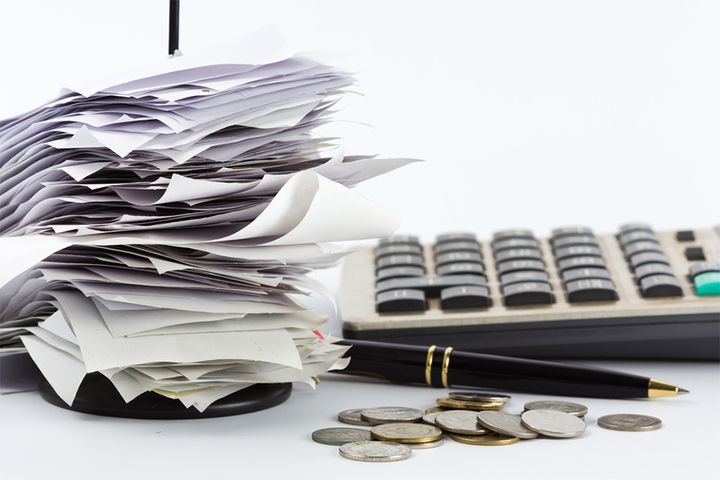
Tax fee
After obtaining a license, the well is equipped with a water meter to account for resource costs. In the conditions of horticultural partnerships, the total tax amount can be distributed among the shareholders, which will increase the amount of mandatory costs for the maintenance of the plot.
Since 2020, the water tax has been regulated by the Tax Code of the Russian Federation, namely chapter 25.2, Article 333.12. The law provides for the payment of a certain amount for 1000 m3, which varies depending on the basins of water resources and economic regions. The table shows several examples of tax rates:
| River or lake basin | Tax rate per 1000 m3, rub. |
|---|---|
| Ob | from 330 to 456 |
| Amur | from 330 to 336 |
| Lena | from 306 to 342 |
| Yenisei | 306 |
| Volga | from 306 to 390 |
The tariff is reviewed annually taking into account the coefficient specified in the article of the Tax Code. If the established norms for the use of water resources are exceeded, the rate increases fivefold.
Information about the meter readings should be provided to the regulatory authorities (the Federal Tax Service Inspectorate at the place of registration of the facility) on a quarterly basis by the 20th day of the month following the reporting one. For example, if testimony is submitted for the period January-March, then they should be submitted by April 20th.
About the new water tax since 2020: video
Read also:

